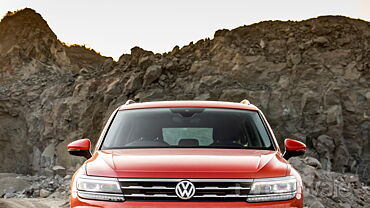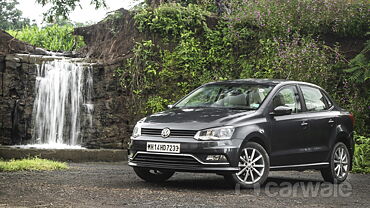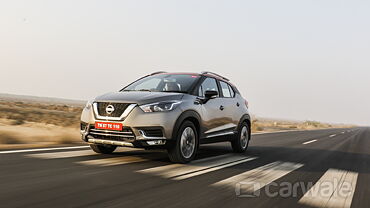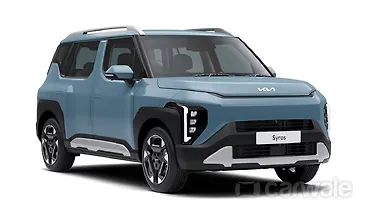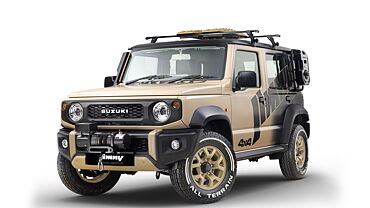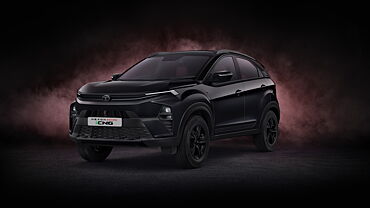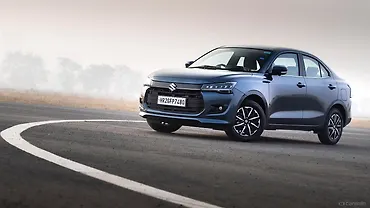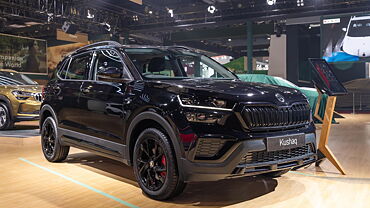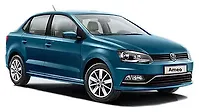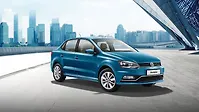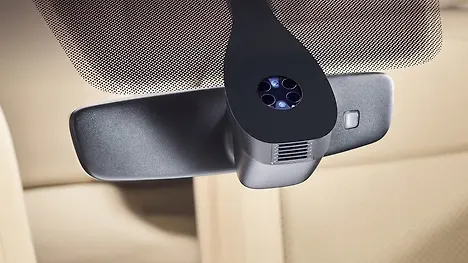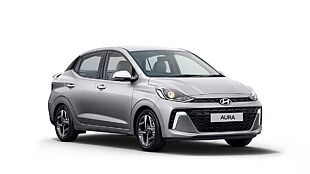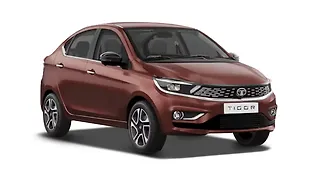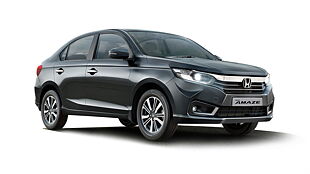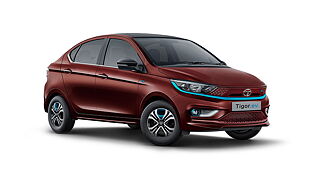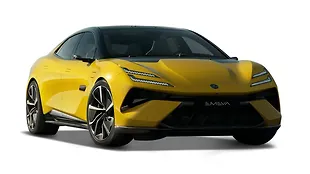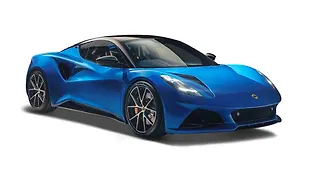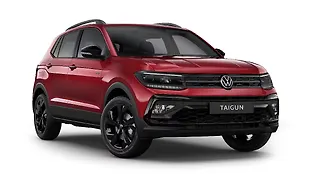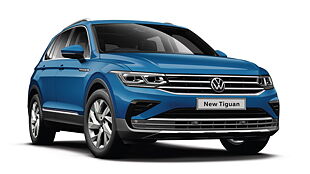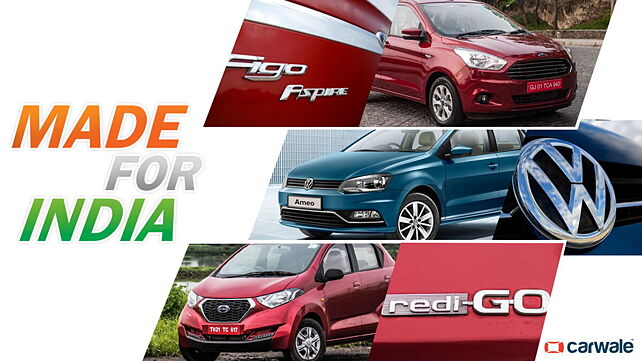
Made for India seems to be the new mantra in the auto space. And it is a pretty smart one too. All it involves is understanding and delivering on the sensibilities of the Indian car buyer, leading which is the ‘value’ proposition. I know it is easier said than done. The successes (read Maruti, Hyundai, Honda…) bought into this approach early and tailored their offerings and communication accordingly. Others, who took their own sweet time – no matter how big they might be globally – have struggled and their domestic sales have been dismal. The good news is some of them – Volkswagen and Nissan in particular – are now changing their ways. Here’s how…
The Ameo surprise
Volkswagen – barring the recent diesel controversy – has been a beacon of success globally. So much so that most global VW officials I have interacted with in the past always had an air of superiority, which almost made them seem rude. Not so their Indian counterparts, of course, not with the Indian product line up never doing well. And the only thing that has kept the VW behemoth afloat in India is exports.
There’s good reason for this lack of success too. The products simply couldn’t match up to the competition on the value end. Plus, communication was an issue. Moreover, instead of playing the ‘value-card’ that we as Indians understand well – price-performance ratio, equipment, well styled and spacious interiors, and extrovert styling – Volkswagen chose to go with ‘German-engineering’ instead. So, even though VW cars as a result were good on quality and driving dynamics, very few buyers bought into the ‘German-engineering’ story.

Then came the Ameo, a car Volkswagen designed specifically for India and suddenly it was the toast of the town. Currently, it is VW’s highest selling car in India, and unlike the Polo of yore, the Ameo has Indian values embedded right from the start. It is priced well, has class matching equipment, and finally, the communication around it is clearer too.
The Datsun story
Nissan is another big global brand fighting poor sales in India. Internationally, it makes everything from small cars to massive SUVs and has a good success rate to boot. But in India, like VW, the domestic line up is struggling while exports are keeping things alive.
But Nissan’s story is less about overpriced-underequipped products; it has been more about the sheer lack of brand awareness. Its sister brand, Renault, had the Duster to put it on the Indian map. But Nissan is still looking for that hero.
It is also fighting to get its aftersales to competition levels. For those not in the know, Nissan had outsourced its sales and distribution to a company called Hover, which going by the ugly divorce, was clearly a bad idea. The poor brand recall and the struggling service as a result have kept Nissan beached.

Then Datsun happened. A valiant effort. But, the focus on cost and having adopted an old platform saw the Go and Go+ struggling to create an impression. Both felt cheap. And though ‘cheap’ fits the Indian sensibilities when it comes to price of the car, but the car itself must look expensive.
And the Datsun Redigo, in true Made for India sense, achieves just that. It is built on an all-new modern platform, but instead of being just cost-effective, it also has things like styling, ease of driving, high seating and quality going for it. It is a car that’s already appealing to the young, first time car buyers. No wonder, it is currently Nissan’s highest selling car, and by a margin.
Ford, GM and Made For India
Volkswagen and Nissan are only two examples of struggling companies having adopted the Made For India approach. Because there are others. General Motors, which has been struggling for what seems like forever in the Indian market, has finally understood that Chinese products don’t ring well with the Indian car buyer (read Sail, U-VA, Enjoy…). Their only success story today is the Beat. So, instead of focusing their energies on different segments and nameplates, it will now expand the Beat platform. It will launch a cross version of the Beat next year followed by the Beat-based compact sedan, the Essentia in 2018. And if done right, the Made For India approach should work wonders for GM.

Finally, there’s Ford. It is a company that’s completely bought into the Made For India story. And the Aspire is a fitting example. It is Ford’s second highest selling product after the EcoSport, but its sales numbers aren’t anything to write home about just yet. Now, there’s no denying in terms of value, the Aspire is right up there with the best. And we have said that in our reviews. Take design, equipment, safety or connectivity, the Aspire isn’t lacking on any front particular for its class. But two things have held it back. First, is the overall drop in sales in the compact sedan class. And second was its pricing and positioning. But, now with a price cut, the Aspire too might make for yet another successful Make For India story.

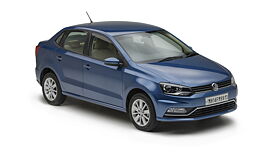
![Datsun redi-GO [2016-2020] Image Datsun redi-GO [2016-2020] Image](https://imgd.aeplcdn.com/272x153/cw/ec/12795/Datsun-RediGO-Right-Front-Three-Quarter-91418.jpg?v=201711021421&q=80)
![Ford Aspire [2015-2018] Image Ford Aspire [2015-2018] Image](https://imgd.aeplcdn.com/272x153/cw/ec/19421/Ford-Aspire-Right-Front-Three-Quarter-74345.jpg?wm=0&q=80)

